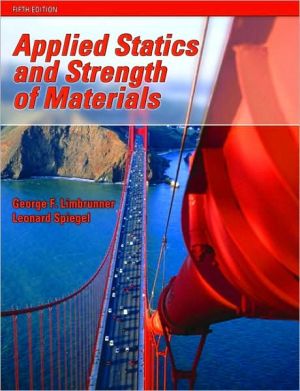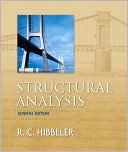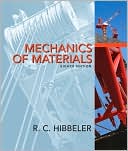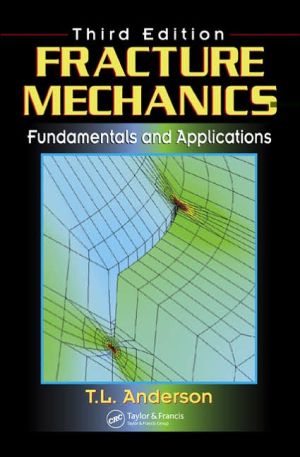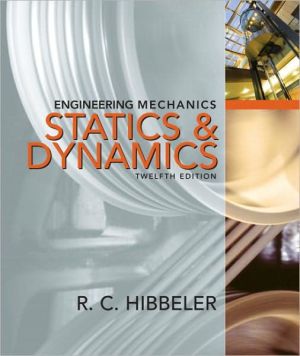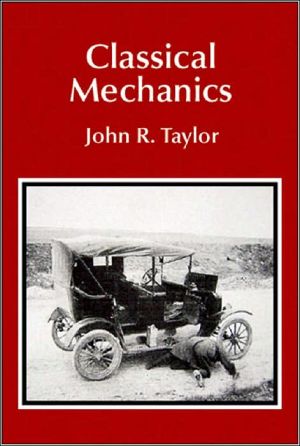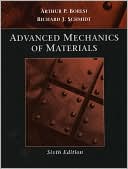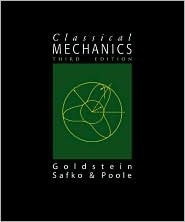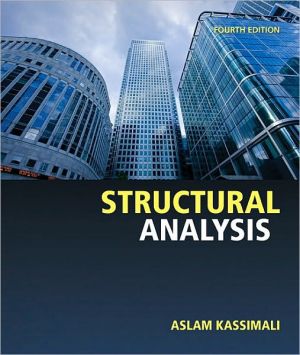Applied Statics and Strength of Materials
This fifth edition of Applied Statics and Strength of Materials presents a non-calculus based elementary, analytical and practical approach to the principles and physical concepts of statics and strength of materials. The book focuses on the mastery of basic principles. It features a rigorous, comprehensive step-by-step problem-solving approach; an abundance of worked-out examples and homework problems; and a focus on principles and applications for many fields of engineering technology.\...
Search in google:
Focusing on the fundamentals of material statics and strength, Applied Statics and Strength of Materials, Fifth Edition presents a non-Calculus-based, elementary, analytical, and practical approach, with rigorous, comprehensive example problems that follow the explanation of theory and very complete homework problems that allow trainees to practice the material. The goal of the book is to provide readers with the necessary mechanics background for more advanced and specialized areas of study in the many fields of engineering technology — for example, civil, mechanical, construction, architectural, industrial, and manufacturing.
1 Introduction1-1 Mechanics Overview1-2 Applications of Statics1-3 The Mathematics of Statics1-4 Calculations and Numerical Accuracy1-5 SI Units for Statics and Strength of MaterialsSummaryProblems2. Principles of Statics2-1 Forces and the Effects of Forces2-2 Characteristics of a Force2-3 Units of a Force2-4 Types and Occurrence of Forces2-5 Scalar and Vector Quantities2-6 The Principle of Transmissibility2-7 Types of Force Systems2-8 Orthogonal Concurrent Forces: Resultants and ComponentsSummaryProblems3. Resultants of Coplanar Force Systems3-1 Resultant of Two Concurrent Forces3-2 Resultant of Three of More Concurrent Forces3-3 Moment of a Force3-4 The Principle of Moments: Varignon’s Theorem3-5 Resultants of Parallel Force Systems3-6 Couples3-7 Resultants of Nonconcurrent Force SystemsSummaryProblems4. Equilibrium of Coplanar Force Systems4-1 Introduction4-2 Conditions of Equilibrium4-3 The Free-Body Diagram4-4 Equilibrium of Concurrent Force Systems4-5 Equilibrium of Parallel Force Systems4-6 Equilibrium of Nonconcurrent Force SystemsSummaryProblems5. Analysis of Structures5-1 Introduction5-2 Trusses5-3 Forces in Members of Trusses5-4 The Method of Joints5-5 The Method of Sections5-6 Analysis of FramesSummaryProblems6. Friction6-1 Introduction6-2 Friction Theory6-3 Angle of Friction6-4 Friction Applications6-5 Wedges6-6 Belt Friction6-7 Square-Threaded ScrewsSummaryProblems7. Centroids and Centers of Gravity7-1 Introduction7-2 Center of Gravity7-3 Centroids and Centroidal Axes7-4 Centroids and Centroidal Axes of Composite AreasSummaryProblems8. Area Moments of Inertia8-1 Introduction and Definitions8-2 Moment of Inertia8-3 The Transfer Formula8-4 Moment of Inertia of Composite Areas8-5 Radius of Gyration8-6 Polar Moments of InertiaSummaryProblems9. Stresses and Strains9-1 Introduction9-2 Tensile and Compressive Stresses9-3 Shear Stresses9-4 Tensile and Compressive Strain and Deformation9-5 Shear Strain9-6 The Relation between Stress and Strain (Hooke’s Law)SummaryProblems10. Properties of Materials10-1 The Tension Test10-2 The Stress-Strain Diagram10-3 Mechanical Properties of Materials10-4 Engineering Materials: Metals10-5 Engineering Materials: Nonmetals10-6 Allowable Stresses and Calculated Stresses10-7 Factor of Safety10-8 Elastic-Inelastic BehaviorSummaryProblems11. Stress Considerations11-1 Poisson’s Ratio11-2 Thermal Effects11-3 Members Composed of Two or more Elements11-4 Stress Concentration11-5 Stresses on Inclined Planes11-6 Shear Stresses on Mutually Perpendicular Planes11-7 Tension and Compression Caused By ShearSummaryProblems12. Torsion in Circular Sections12-1 Introduction12-2 Members in Torsion12-3 Torsional Shear Stress12-4 Angle of Twist12-5 Transmission of Power by a ShaftSummaryProblems13. Shear and Bending Moment in Beams13-1 Types of Beams and Supports13-2 Types of Loads on Beams13-3 Beam Reactions13-4 Shear Force and Bending Moment13-5 Shear Diagrams13-6 Moment Diagrams13-7 Sections of Maximum Moment13-8 Moving LoadsSummaryProblems14. Stresses in Beams14-1 Tensile and Compressive Stresses Due to Bending14-2 The Flexure Formula14-3 Computation of Bending Stresses14-4 Shear Stresses14-5 The General Shear Formula14-6 Shear Stresses in Structural Members14-7 Beam Analysis14-8 Inelastic Bending of BeamsSummaryProblems15. Deflection of Beams15-1 Reasons for Calculating Beam Deflection15-2 Curvature and Bending Moment15-3 Methods of Calculating Deflections15-4 The Formula Method15-5 The Moment-Area Method15-6 Moment Diagram By Parts15-7 Applications of the Moment-Area MethodSummaryProblems16. Design of Beams16-1 The Design Process16-2 Design of Steel Beams16-3 Design of Timber BeamsSummaryProblems17. Combined Stresses17-1 Introduction17-2 Biaxial Bending17-3 Combined Axial and Bending Stresses17-4 Eccentrically Loaded Members17-5 Maximum Eccentricity for Zero Tensile Stress17-6 Eccentric Load Not on Centroidal Axis17-7 Combined Normal and Shear Stress17-8 Mohr’s Circle17-9 Mohr’s Circle: The General State of StressSummaryProblems18. Columns18-1 Introduction18-2 Ideal Columns18-3 Effective Length18-4 Real Columns18-5 Allowable Stresses for Columns18-6 Axially-Loaded Structural Steel Columns (AISC)18-7 Axially-Loaded Steel Machine Parts18-8 Axially-Loaded Timber ColumnsSummaryProblems19. Connections19-1 Introduction19-2 Bolts and Bolted Connections (AISC)19-3 Modes of Failure of a Bolted Connection19-4 High-Strength Bolted Connections19-5 Introduction to Welding19-6 Strength and Behavior of Welded Connections (AISC)SummaryProblems20. Pressure Vessels20-1 Introduction20-2 Stresses in Thin-Walled Pressure Vessels20-3 Joints in Thin-Walled Pressure Vessels20-4 Design and Fabrication ConsiderationsSummaryProblems21. Statically Indeterminate Beams21-1 Introduction21-2 Restrained Beams21-3 Propped Cantilever Beams21-4 Fixed Beams21-5 Continuous Beams: Superposition21-6 The Theorem of Three MomentsSummaryProblemsAppendicesNotationAnswers to Selected ProblemsIndex
